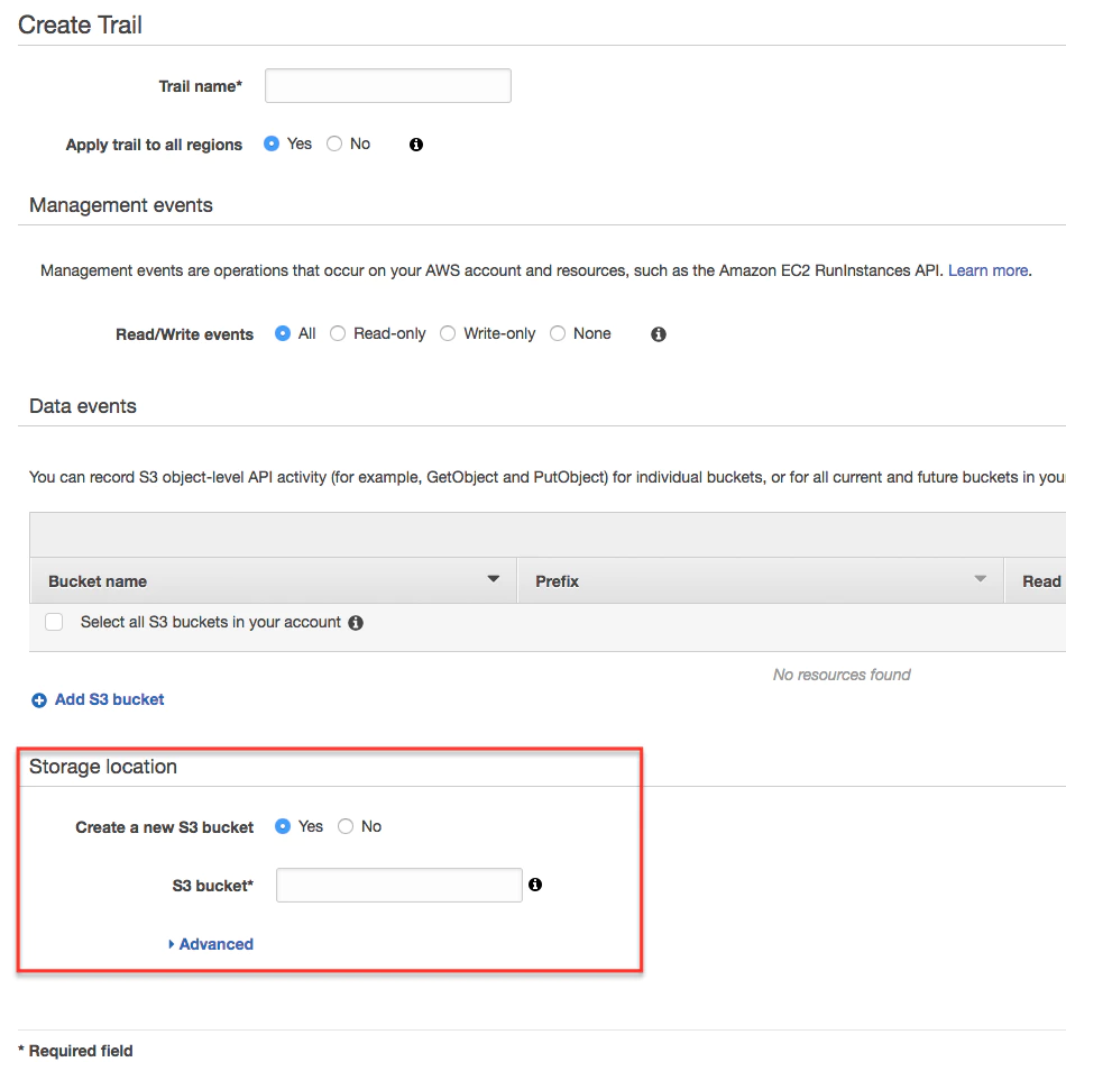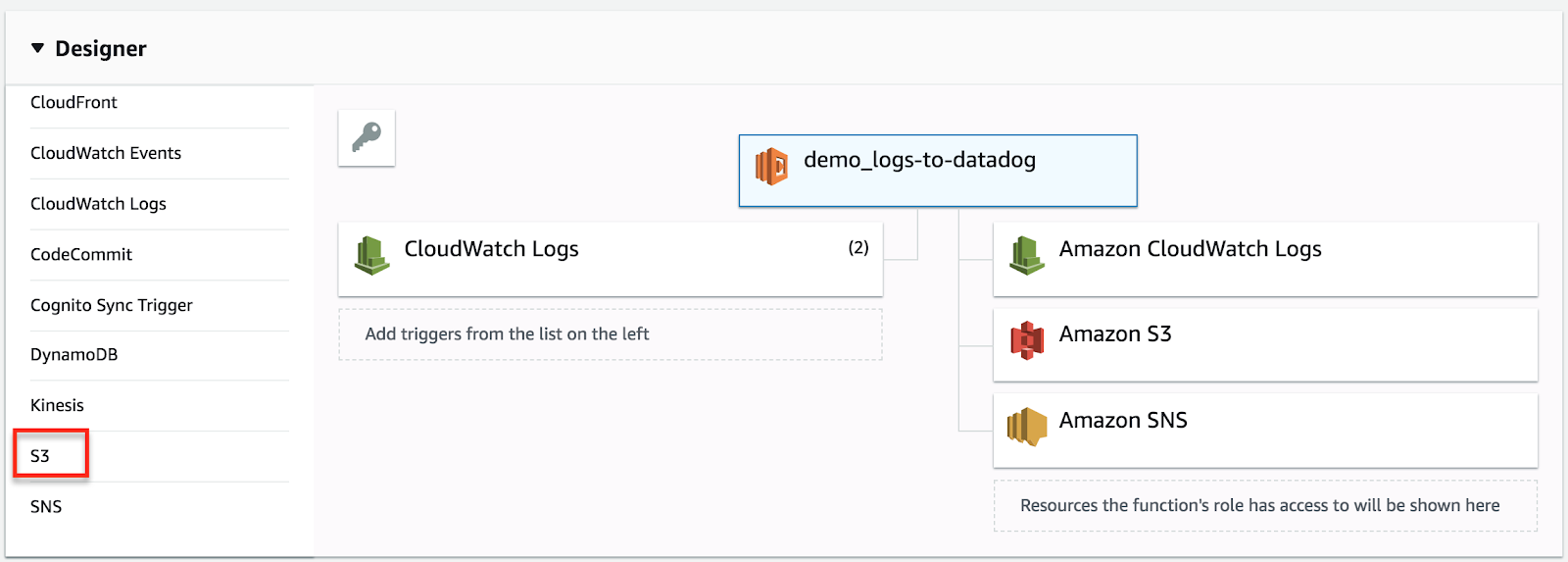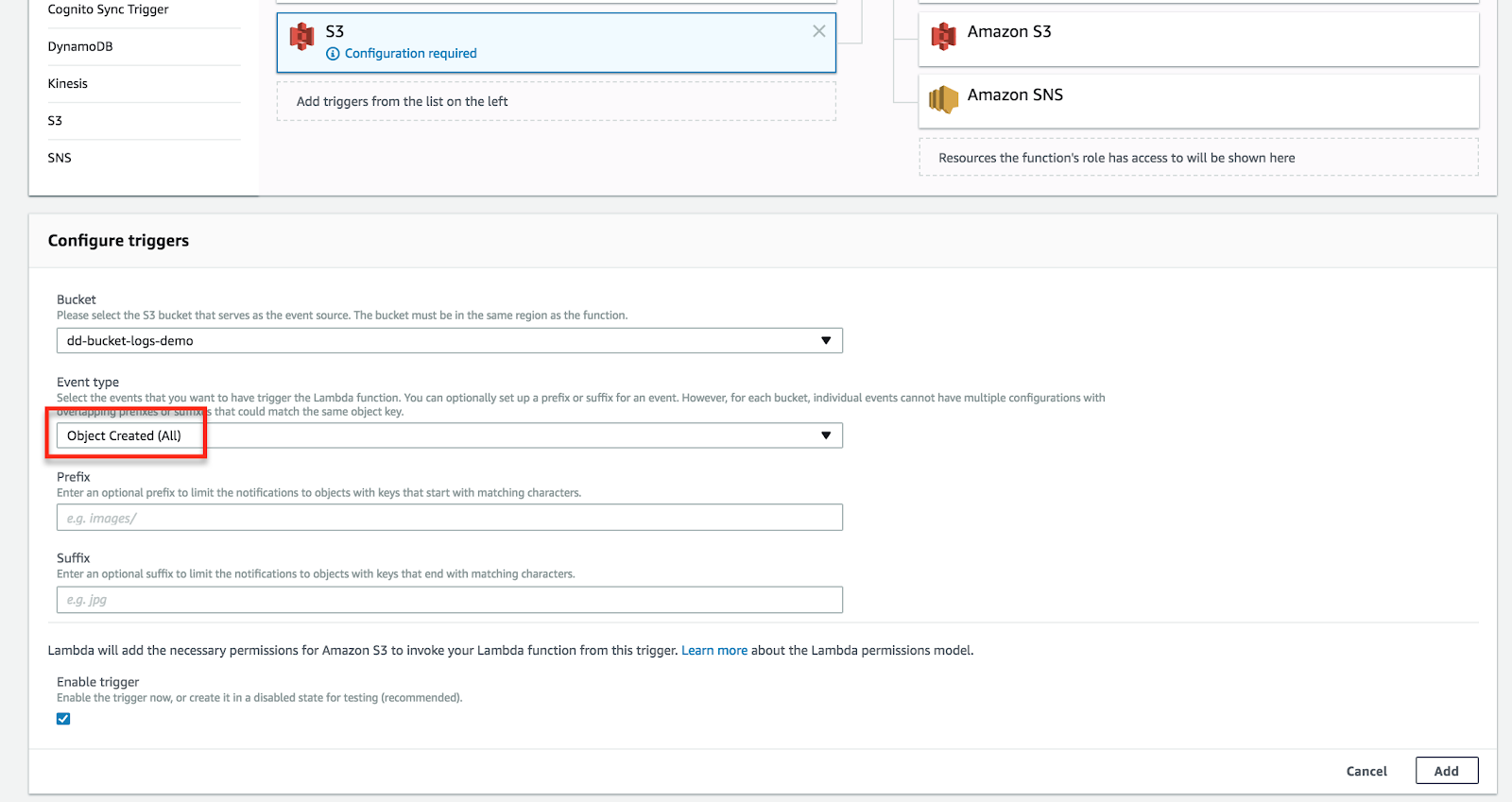- Essentials
- Getting Started
- Datadog
- Datadog Site
- DevSecOps
- Serverless for AWS Lambda
- Agent
- Integrations
- Containers
- Dashboards
- Monitors
- Logs
- APM Tracing
- Profiler
- Tags
- API
- Service Catalog
- Session Replay
- Continuous Testing
- Synthetic Monitoring
- Incident Management
- Database Monitoring
- Cloud Security Management
- Cloud SIEM
- Application Security Management
- Workflow Automation
- CI Visibility
- Test Visibility
- Test Impact Analysis
- Code Analysis
- Learning Center
- Support
- Glossary
- Standard Attributes
- Guides
- Agent
- Integrations
- OpenTelemetry
- Developers
- Authorization
- DogStatsD
- Custom Checks
- Integrations
- Create an Agent-based Integration
- Create an API Integration
- Create a Log Pipeline
- Integration Assets Reference
- Build a Marketplace Offering
- Create a Tile
- Create an Integration Dashboard
- Create a Recommended Monitor
- Create a Cloud SIEM Detection Rule
- OAuth for Integrations
- Install Agent Integration Developer Tool
- Service Checks
- IDE Plugins
- Community
- Guides
- API
- Datadog Mobile App
- CoScreen
- Cloudcraft
- In The App
- Dashboards
- Notebooks
- DDSQL Editor
- Sheets
- Monitors and Alerting
- Infrastructure
- Metrics
- Watchdog
- Bits AI
- Service Catalog
- API Catalog
- Error Tracking
- Service Management
- Infrastructure
- Application Performance
- APM
- Continuous Profiler
- Database Monitoring
- Data Streams Monitoring
- Data Jobs Monitoring
- Digital Experience
- Real User Monitoring
- Product Analytics
- Synthetic Testing and Monitoring
- Continuous Testing
- Software Delivery
- CI Visibility
- CD Visibility
- Test Optimization
- Code Analysis
- Quality Gates
- DORA Metrics
- Security
- Security Overview
- Cloud SIEM
- Cloud Security Management
- Application Security Management
- AI Observability
- Log Management
- Observability Pipelines
- Log Management
- Administration
Amazon SQS
Overview
Amazon Simple Queue Service (SQS) is a fast, reliable, scalable, fully managed message queuing service.
Enable this integration to see all your SQS metrics in Datadog.
Setup
Installation
If you haven’t already, set up the Amazon Web Services integration first.
Metric collection
In the AWS integration page, ensure that
SQSis enabled under theMetric Collectiontab.Add these permissions to your Datadog IAM policy in order to collect Amazon SQS metrics:
sqs:ListQueues: Used to list alive queues.tag:GetResources: Get custom tags applied to SQS queues.
For more information, see the SQS policies on the AWS website.
Install the Datadog - Amazon SQS integration.
Log collection
Enable SQS logging
See Logging Amazon SQS API Calls Using AWS CloudTrail to configure your trail. When you define your trails, select a S3 bucket to write the logs in:
Send logs to Datadog
- If you haven’t already, set up the Datadog log collection AWS Lambda function.
- Once the lambda function is installed, manually add a trigger on the S3 bucket that contains your Amazon SQS logs in the AWS console. In your Lambda, click on S3 in the trigger list:Configure your trigger by choosing the S3 bucket that contains your Amazon SQS logs and change the event type to
Object Created (All)then click on the add button.
Once the trigger has been added, use the Datadog Log Explorer to view your logs.
Data Collected
Metrics
| aws.sqs.approximate_age_of_oldest_message (gauge) | The approximate age of the oldest non-deleted message in the queue. Shown as second |
| aws.sqs.approximate_number_of_messages_delayed (gauge) | The number of messages in the queue that are delayed and not available for reading immediately. This can happen when the queue is configured as a delay queue or when a message has been sent with a delay parameter. Shown as message |
| aws.sqs.approximate_number_of_messages_not_visible (gauge) | The number of messages that are in flight. Messages are considered in flight if they have been sent to a client but have not yet been deleted or have not yet reached the end of their visibility window. Shown as message |
| aws.sqs.approximate_number_of_messages_visible (gauge) | The number of messages available for retrieval from the queue. Shown as message |
| aws.sqs.number_of_empty_receives (count) | The number of ReceiveMessage API calls that did not return a message. Shown as message |
| aws.sqs.number_of_messages_deleted (count) | The number of messages deleted from the queue. Shown as message |
| aws.sqs.number_of_messages_received (count) | The number of messages returned by calls to the ReceiveMessage API action. Shown as message |
| aws.sqs.number_of_messages_sent (count) | The number of messages added to a queue. Shown as message |
| aws.sqs.sent_message_size (gauge) | The size of messages added to a queue. Shown as byte |
Each of the metrics retrieved from AWS are assigned the same tags that appear in the AWS console, including, but not limited to, host name, security-groups, and more.
Events
The Amazon SQS integration does not include any events.
Service Checks
The Amazon SQS integration does not include any service checks.
Out-of-the-box monitoring
The Amazon SQS integration provides ready-to-use monitoring capabilities to monitor and optimize performance.
- Amazon SQS Dashboard: Gain a comprehensive overview of your SQS queues using the out-of-the-box Amazon SQS dashboard.
- Recommended Monitors: Enable recommended Amazon SQS monitors to proactively detect issues and receive timely alerts.
Troubleshooting
Need help? Contact Datadog support.




